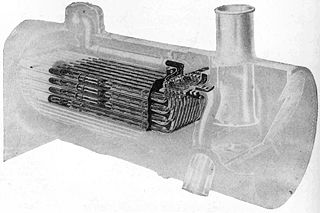
The manufacture of Portland cement involves the grinding and heating in a rotary kiln of clay, iron ore, limestone and sand, according to the U.S. Environmental Protection Agency (EPA). After cooling and grinding and upon being mixed with gypsum this is what creates the Portland cement. If aggregate and water are added, the result is concrete.
The processes of heating raw materials and burning fuels in creating cement results in toxic air releases of mercury, acidic gases and particulates, according to the EPA. Releases of emissions can also occur from cooling, grinding and material handling.
In addressing the matter of emissions releases from said processes, the federal regulatory agency on Dec. 21, 2012 announced that issued for the cement manufacturing industry were final amendments to the 2010 clean air standards. The agency stated: “The final amendments maintain the significant emission reductions from the 2010 standards, while providing industry additional time to implement the revised rules.”
Though affected cement kiln owners are being granted additional years in terms of meeting the revised regulations, according to Los Angeles Times correspondent Kenneth R. Weiss in the Dec. 21, 2012 edition, “The new approach for cement plants was applauded by industry, which said it needed the extra time to comply with the new standards.”
As for industrial boilers, Weiss added: “The way the new boiler standards are fashioned, the EPA announced that ‘99% of the approximately 1.5 million boilers in the U.S. are either not covered or can meet the new standards by conducting periodic maintenance or regular tune-ups.’”
For more on the cement kiln matter, see: http://www.epa.gov/airquality/cement.
For more on the boilers issue, see: http://www.epa.gov/airquality/combustion.
Published by Alan Kandel
It is good to see pollution controls being put in place for our nation. Hopefully these new regulations help improve the quality of life in our country.